Lake Michigan is becoming one of the most photogenic lakes when springtime arrives, after a long cold winter influenced by the Polar Vortex. The Polar Vortex is a band of strong winds that keep the Arctic region bitterly cold. The Polar Vortex sometimes reaches areas of North America, bringing freezing temperatures down to record-breaking lows of -30 ° C (-23 ° F) around Lake Michigan. During this peak the waves form hills of ice resulting in ice shelves. Finally when spring arrives, the lake transforms into a majestic heaven by melting ice. The dynamic water underneath the melting ice pushes shelves to the surface and results in a fascinating phenomenon.

Photographers have been capturing photos from this mesmerizing pattern for years. The American coast guards have warned to only admire the magical ice from afar, as melting ice is causing a dangerous surface to walk on. “No ice is safe ice, especially this time of year,” said Grant Heffner of the US Coast Guard BMC. “The ice is certainly deteriorating and breaking up.”

Nowadays almost 12 million people live around the shores of Lake Michigan, mainly in the big cities Chicago and Milwaukee. However, this hasn’t always been the case. The first people who came to live in this area were the Hopewell-indians. Their culture diminished around 800 AD when the area mingled with the Late Woodland Indians for the next few hundred years.

Lake Michigan is the biggest lake in North-America that lies entirely within the United States. It is part of the five Great Lakes of North-America and it’s the second biggest by volume (4,900 km3 or 1,180 cu mi). After Lake Superior and Lake Huron it’s the largest by surface area (58,030 km2 or 22,404 sq mi).

Image credits: AP Images
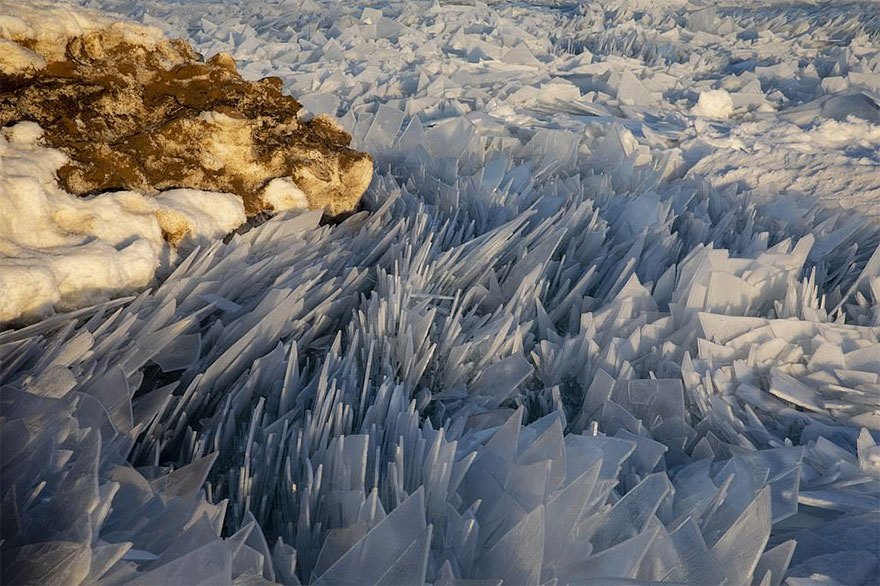
Image credits: AP Images
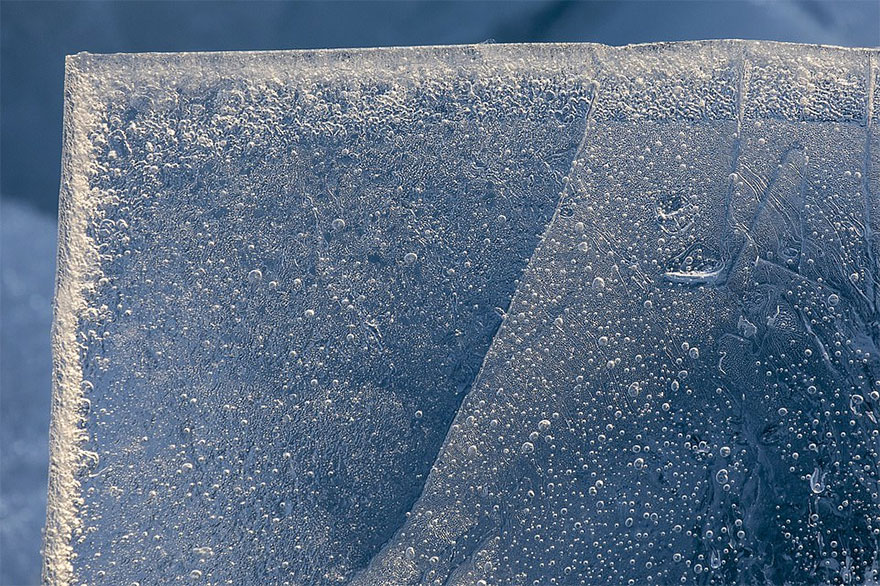
Image credits: AP Images
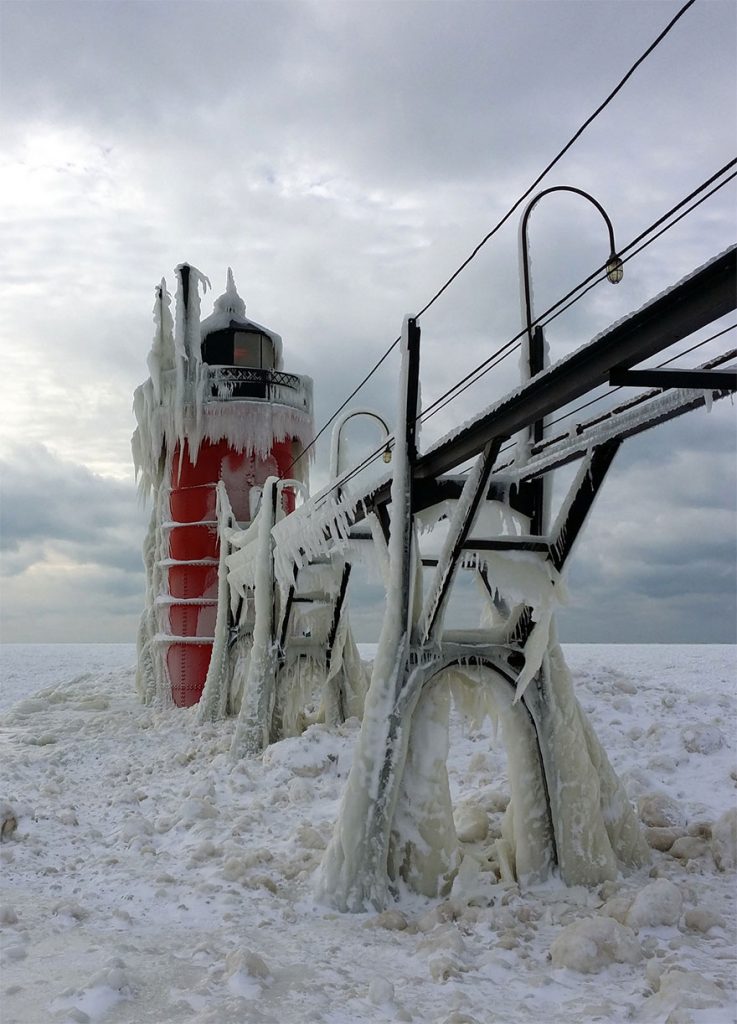
Image credits: Gunner’s Pixs
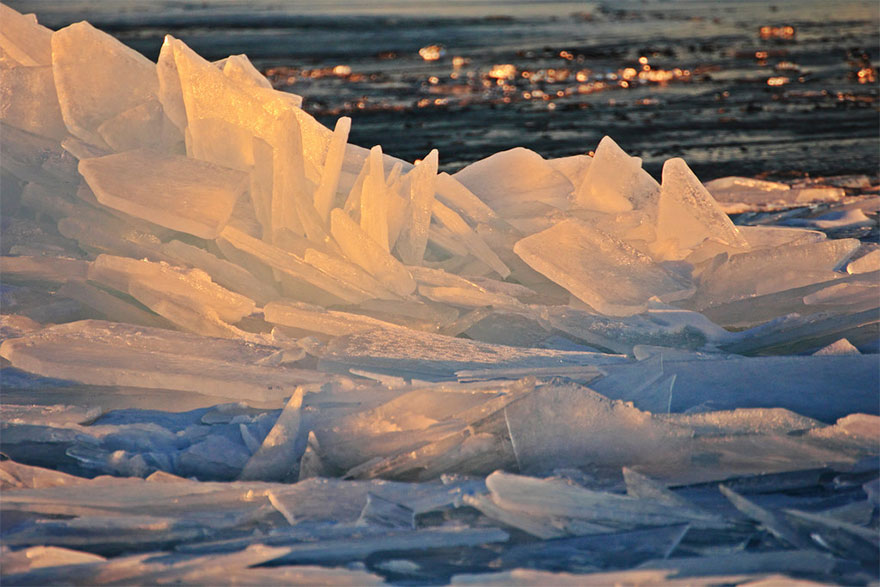
Image credits: Greg VandeLeest
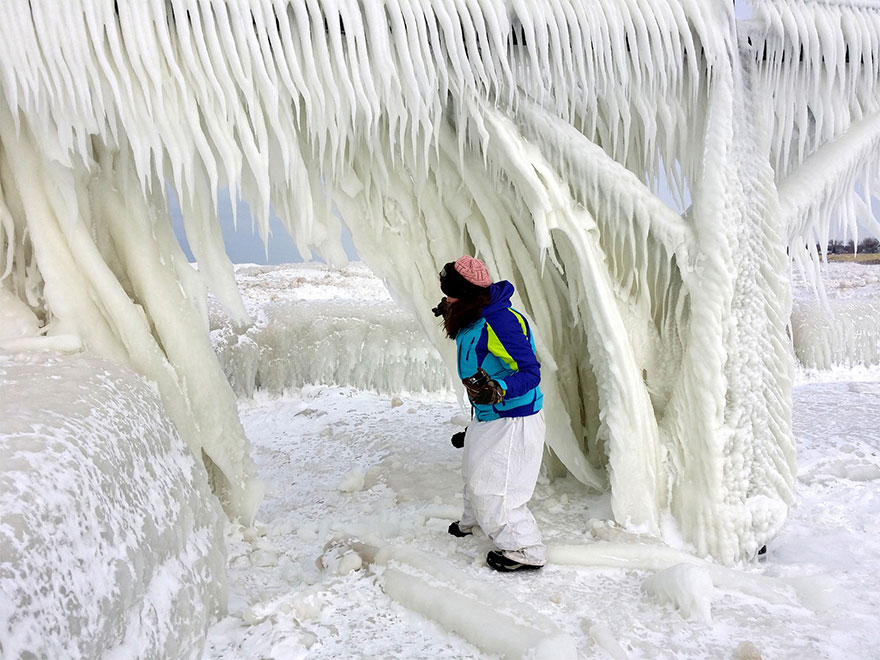
Image credits: Gunner’s Pixs
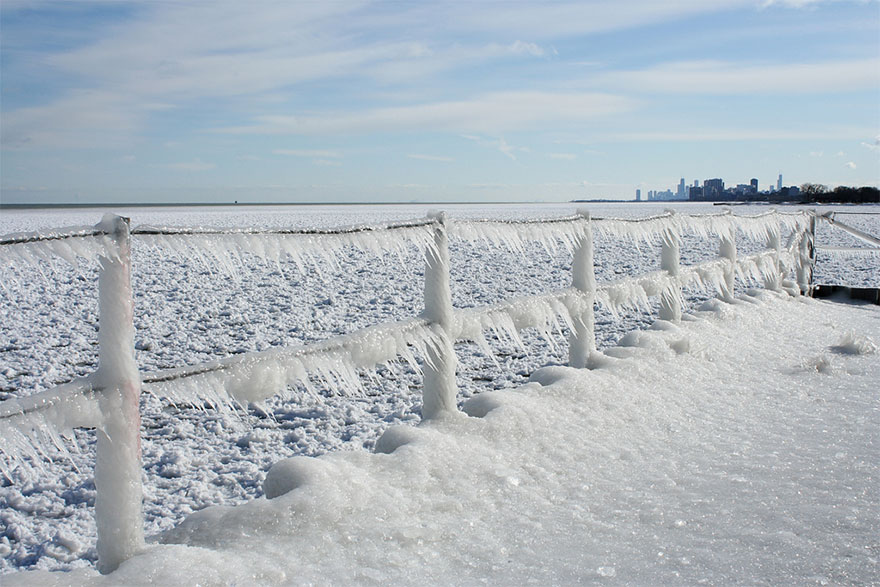
Image credits: Marit & Toomas Hinnosaar
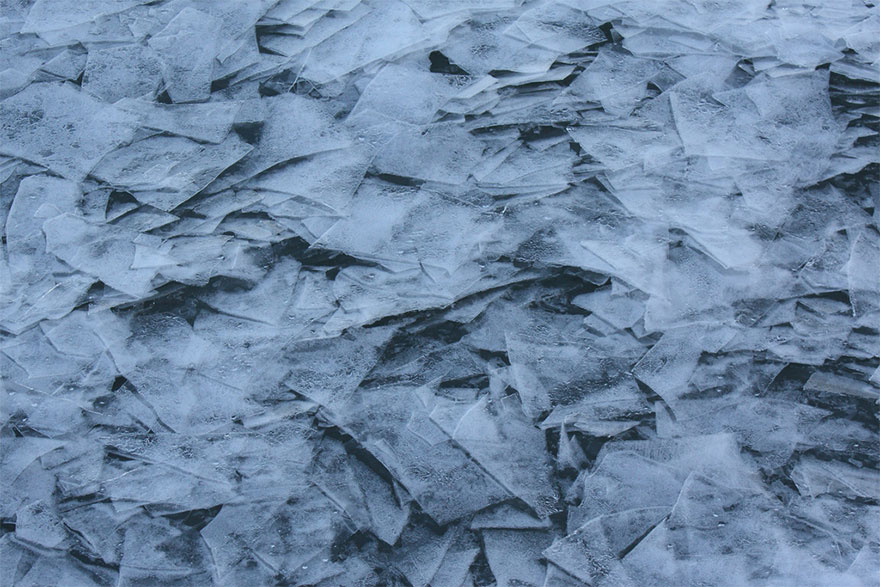
Image credits: Konstantin Papushi
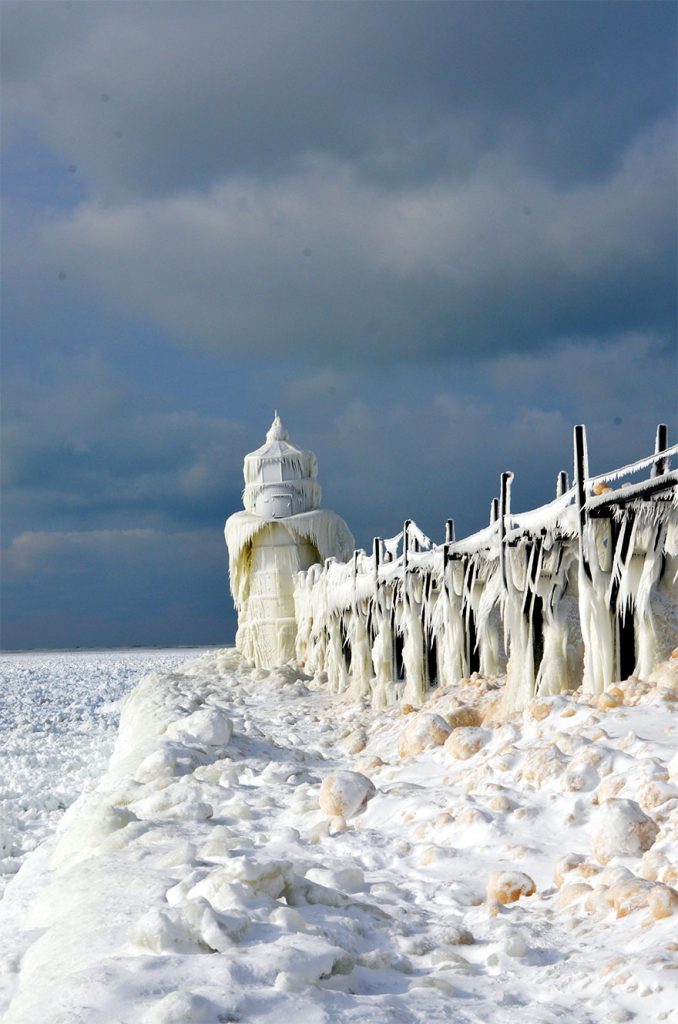
Image credits: Gunner’s Pixs
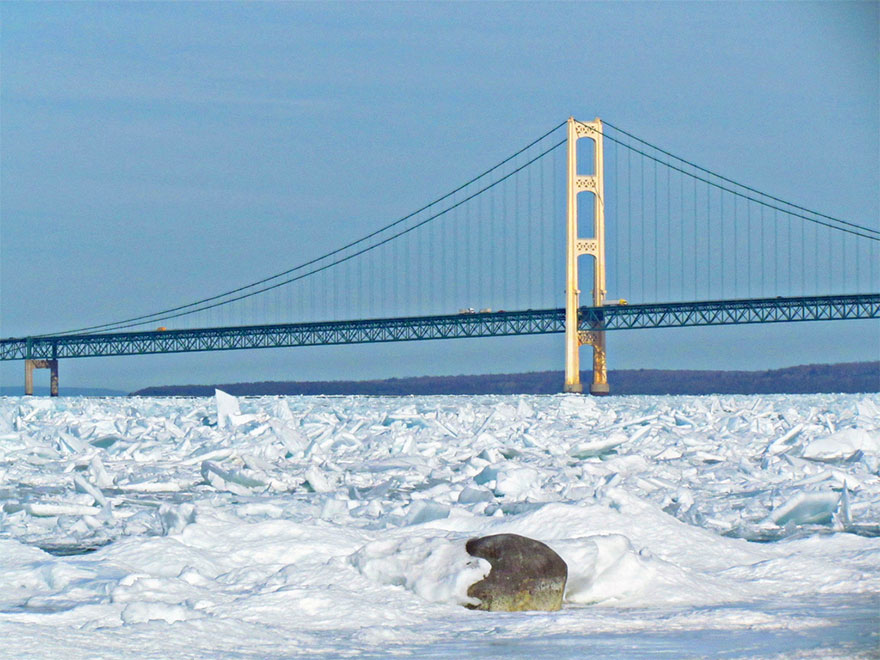

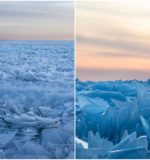
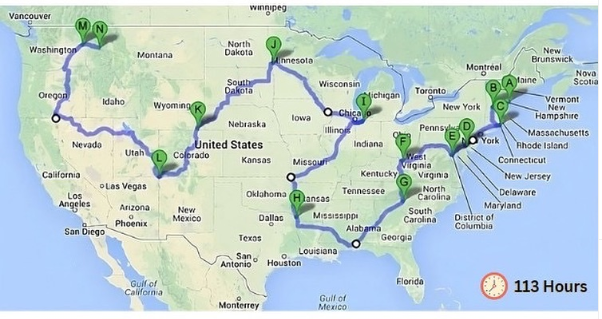

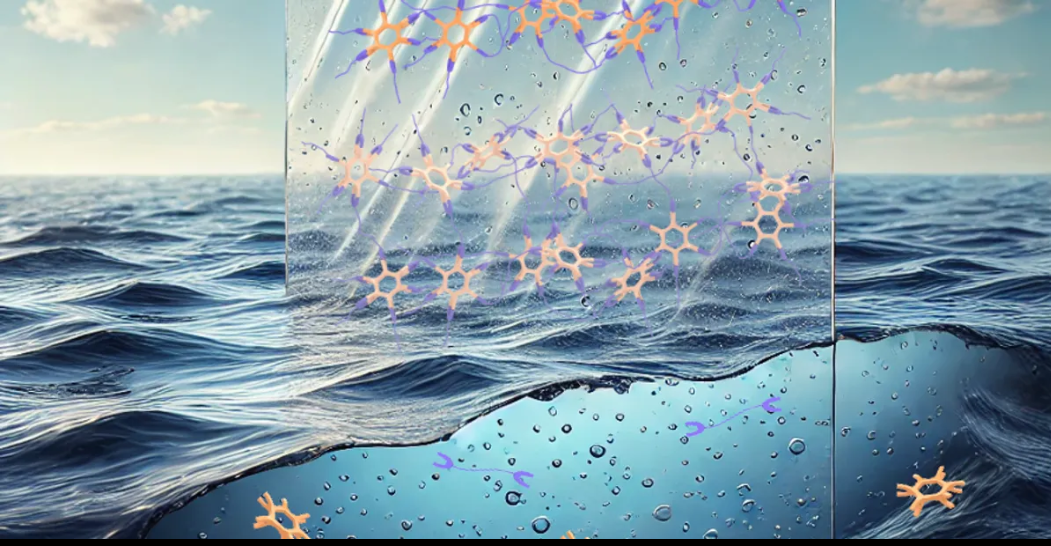



 Photographer Finds Locations Of 1960s Postcards To See How They Look Today, And The Difference Is Unbelievable
Photographer Finds Locations Of 1960s Postcards To See How They Look Today, And The Difference Is Unbelievable  Hij zet 3 IKEA kastjes tegen elkaar aan en maakt dit voor zijn vrouw…Wat een gaaf resultaat!!
Hij zet 3 IKEA kastjes tegen elkaar aan en maakt dit voor zijn vrouw…Wat een gaaf resultaat!!  Scientists Discover 512-Year-Old Shark, Which Would Be The Oldest Living Vertebrate On The Planet
Scientists Discover 512-Year-Old Shark, Which Would Be The Oldest Living Vertebrate On The Planet  Hus til salg er kun 22 kvadratmeter – men vent til du ser det indvendigt
Hus til salg er kun 22 kvadratmeter – men vent til du ser det indvendigt  Superknepet – så blir snuskiga ugnsformen som ny igen!
Superknepet – så blir snuskiga ugnsformen som ny igen!  Meteorite That Recently Fell in Somalia Turns Out to Contain Two Minerals Never Before Seen on Earth
Meteorite That Recently Fell in Somalia Turns Out to Contain Two Minerals Never Before Seen on Earth  Nearly Frozen Waves Captured On Camera By Nantucket Photographer
Nearly Frozen Waves Captured On Camera By Nantucket Photographer  It’s Official: Astronomers Have Discovered another Earth
It’s Official: Astronomers Have Discovered another Earth 